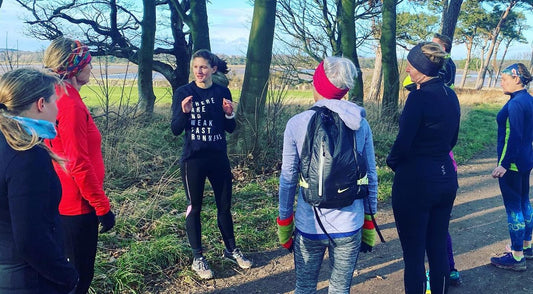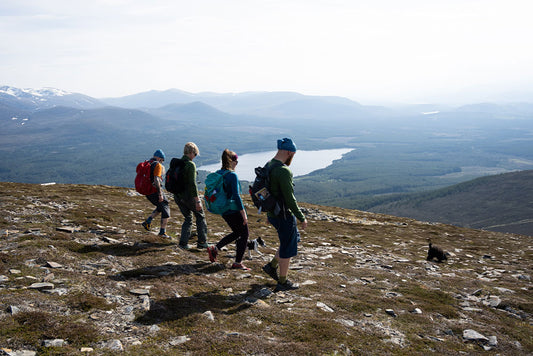Who gets to be sporty and active is an enduring topic of debate. For centuries, the idea of girls and women as the ‘weaker sex’ disadvantaged by their bodies, and clothing, has been a problematic trope limiting their potential and participation. And they’re not alone, of course, many other groups such as transgender and para-athletes have faced similar ongoing discrimination in sporting settings.
And many of these issues remain. Recent reports have found that far more girls than boys in Britain stop feeling sporty as they grow into adulthood. This has limited or entirely stopped some of them from doing any physical activity. Barriers include not belonging, being judged as well as inappropriate clothing and equipment.
And, as many reading this know, enjoying sporting and active lives isn’t just about official events, racing and competition, or winning or losing. It’s also about getting outside, being with friends, expanding what you’re capable of and just having fun. So, these barriers can have long ranging impacts on people’s health as well as their personal and social lives.

It’s based on a research project I lead called Politics of Patents: Reimagining citizenship via clothing inventions (or POP for short). POP is funded by the European Research Council and hosted at Goldsmiths, University of London. Together with a team of sewing social scientists, we are exploring 200 years of clothing inventions in the European patent archives to understand how inventors have used new forms of clothing to re-imagine and re-make the world around them.

Women have rarely been the focus of sportswear manufacturers so they’ve had to either borrow or adapt existing menswear, go without, or invent it themselves. And because of the specific challenges facing women, their clothing often had to do more than one thing.
While they might look ordinary on the surface, many of these inventions are convertible, multiple, and hidden.

The POP team followed the instructions provided in the patents and reconstructed a collection of historical sport and activewear from 1890 to 1940. You can see more of our speculative sewing adventures on the Politics of Patents Instagram account.
There are skirts that transform into cloaks for mountaineering. Others convert into jodhpurs for horse riding or turn into all-in-one flying suits. There’s also a walking skirt that becomes a cycling skirt when three clever cords lift it up and out of the way of the wheels.


Favourite Book?
Choosing just one book is very hard for me. But this is a remarkable book about young black women carving out new, free and experimental lives for themselves at the beginning of the twentieth century. I work with archives all the time, and it is incredibly challenging to find stories of and connections between ordinary people, such as women, immigrants, and minoritized groups. Saidiya Hartman does something beautifully radical with data that exists as well as that which is missing. She creatively challenges the authority of archives that present particular and singular narratives of the past, limiting what can be known and remembered. Her powerful work reads ‘against the grain, disturbing and breaking open the stories’. It’s an exciting way of writing and thinking differently about the past.

Favourite Quote?

Favourite Song?
Spinifex Gum – Sisters




